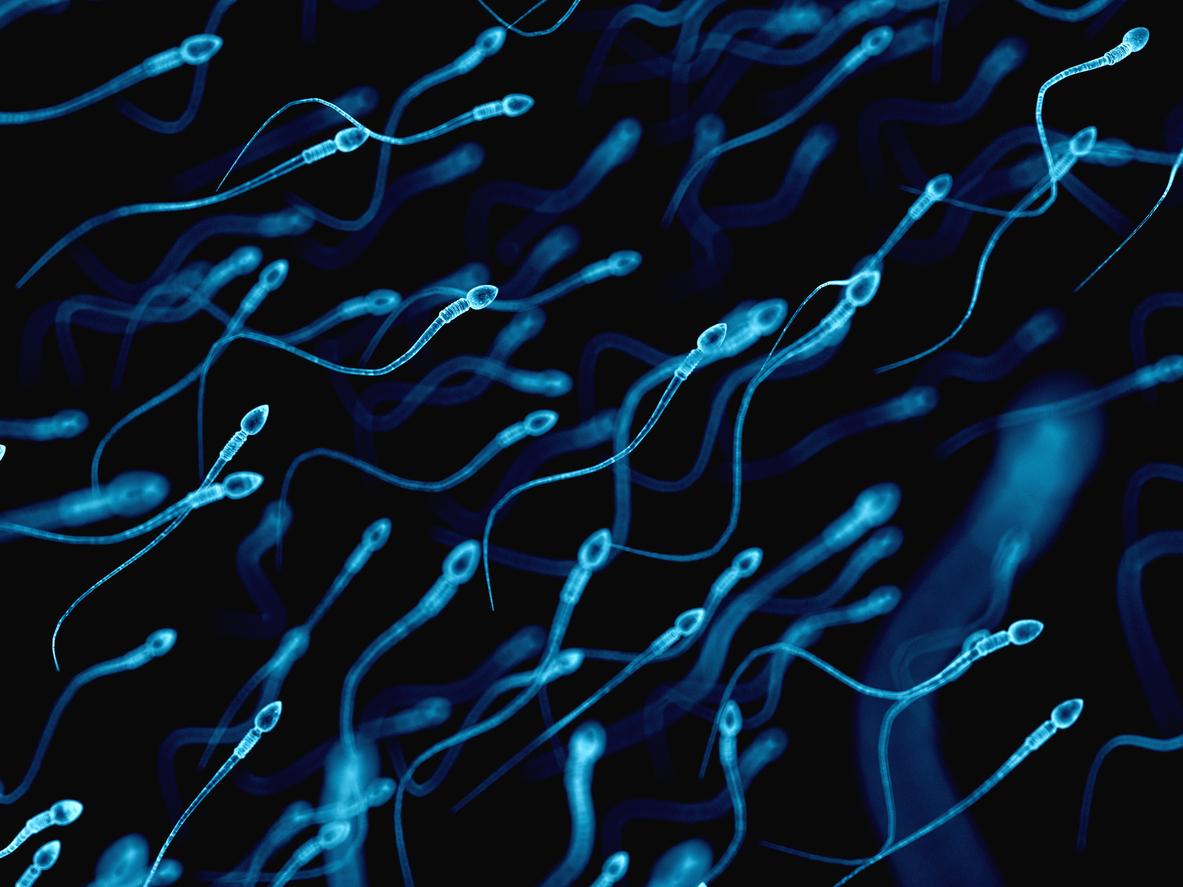Decreased sperm count in semen is not necessarily associated with decreased fertility.

- The study published in 2017 had aroused strong reactions and fears concerning a decline in the population on the planet.
- Now, new research finds it Euro-centric and scientifically questionable.
- To better understand fertility and its evolutions, more factors should be taken into account.
In 2017, Israeli researchers feared a “extinction of the human species“, because of the decrease in the concentration of spermatozoa in the semen. Their work is now being questioned by another scientific team. In Human Fertilityits authors judge that the “Growing fears over the decline of human sperm in Western countries would be exaggerated“. According to them, the conclusions of the 2017 study are scientifically and ethically problematic.
What does the now contested study say?
The results criticized today had been obtained thanks to the meta-analysis of approximately 190 studies carried out between 1973 and 2011. The team from the University of Jerusalem had estimated that the number of spermatozoa present in the semen had been divided by two during this period. “If we don’t change our way of life, our environment and our exposure to these chemical molecules, I am very worried about what could happen in the future.“, said Dr. Hagai Levine, lead author, to the BBC. According to him, endocrine disruptors, pesticides, too fatty food or smoking were among the explanatory factors.
A data to relativize
In this new work, the researchers found no scientific evidence of a link between chemical residues and a drop in sperm count. There is also no evidence that lower sperm count is associated with reduced fertility, they say. “Male infertility is a complex biological and social phenomenon, which cannot be understood by a metric sperm count alone.“, specify the researchers. “More sperm is not necessarily an indicator of good health or better fertility“, they add.
Ideological biases
From an ethical point of view, this old study adopts a racist and colonial hierarchy, according to these new findings. “She categorizes the data between western sperm quantities and the restthey explain. This conception does not allow researchers to examine the differences between individual situations, according to rural or urban areas, and does not sufficiently highlight the imbalance of data between all nations considered ‘other’The 2017 results have also been used in supremacist and masculinist speeches, this new study specifies. The research team suggests studying a new data: the biovariability of the quantity of spermatozoa, to allow taking account more important information in understanding sperm quality.
.















